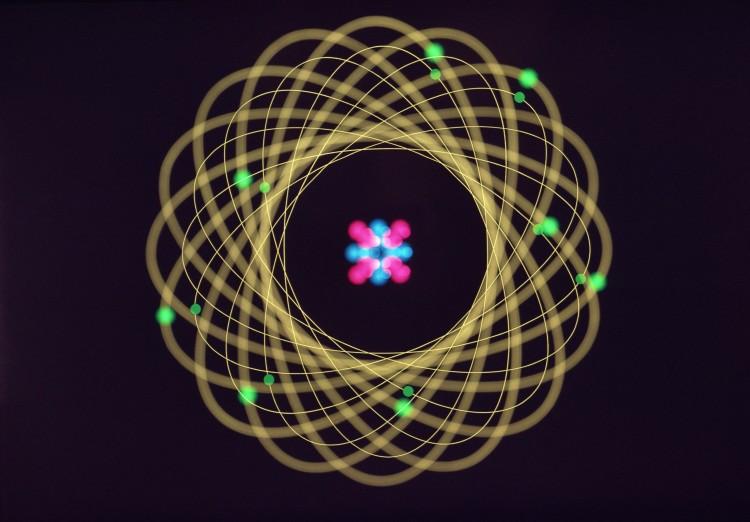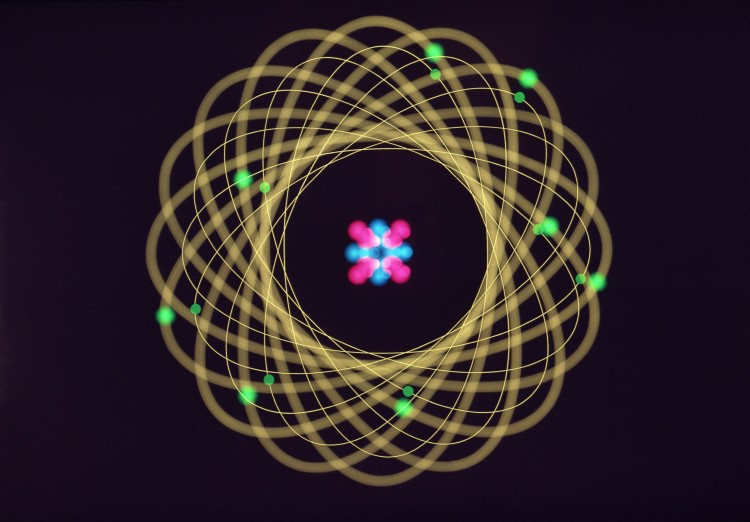U.S. physicists have gained an insight into how electrons can pass through energy barriers based on quantum mechanics.
Known as electron tunneling, this behavior can be compared to a ball passing through a closed window without breaking it, and cannot be explained by classical physics.
While manipulating the environment of tunneling electrons with a carbon nanotube and two electrical leads, the team unexpectedly created a quantum phase transition (QPT)—a sudden change in the system’s state.
“There are very few examples where you can see quantum phase transitions in a direct, controllable way,” said study co-author Harold Baranger at Duke University in a media release. “That is what is exciting here.”
QPTs occur at very cold temperatures around zero degrees Kelvin, typically when numerous particles collectively alter their properties.
The researchers were seeking evidence of resonant tunneling, where electrons passing between the leads hop onto the nanotube.
“Tunneling is like jumping across a creek,” explained Baranger, likening resonant tunneling to a stepping stone or “small island, the resonant level inside the nanotube, to briefly plant your foot.”
The team studied how easily the electrons moved through the resonant level in the nanotube at ultra-low temperatures. At the leads, “it’s like the banks of the creek are swampy, so it takes energy to push yourself for a jump,” said study lead author Gleb Finkelstein in the release.
When the resonant ‘island’ was centered between the two ‘banks,’ electrons hopped between them. However, once an asymmetry was introduced with the island closer to one of the banks, the electrons remained associated with the leads.
This highly tunable system, in which many parameters are controllable, can be used to test a range of environments where QPTs may take place.
The team’s findings will be published in Nature on Aug. 2.
The Epoch Times publishes in 35 countries and in 19 languages. Subscribe to our e-newsletter.





